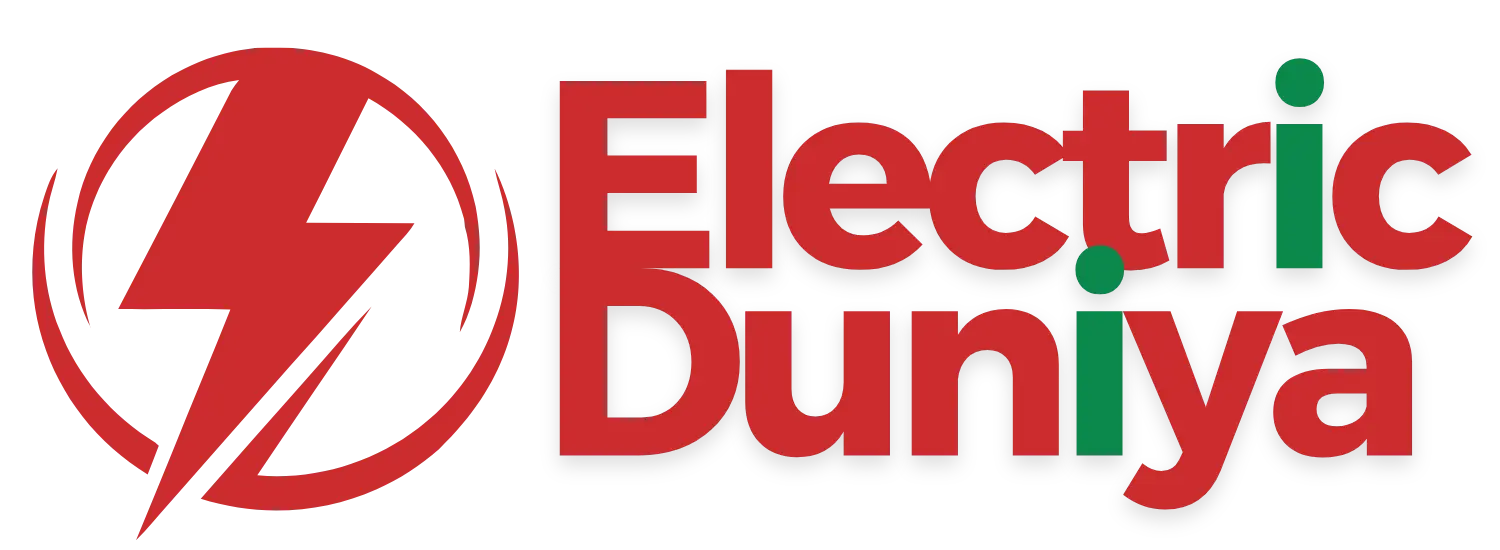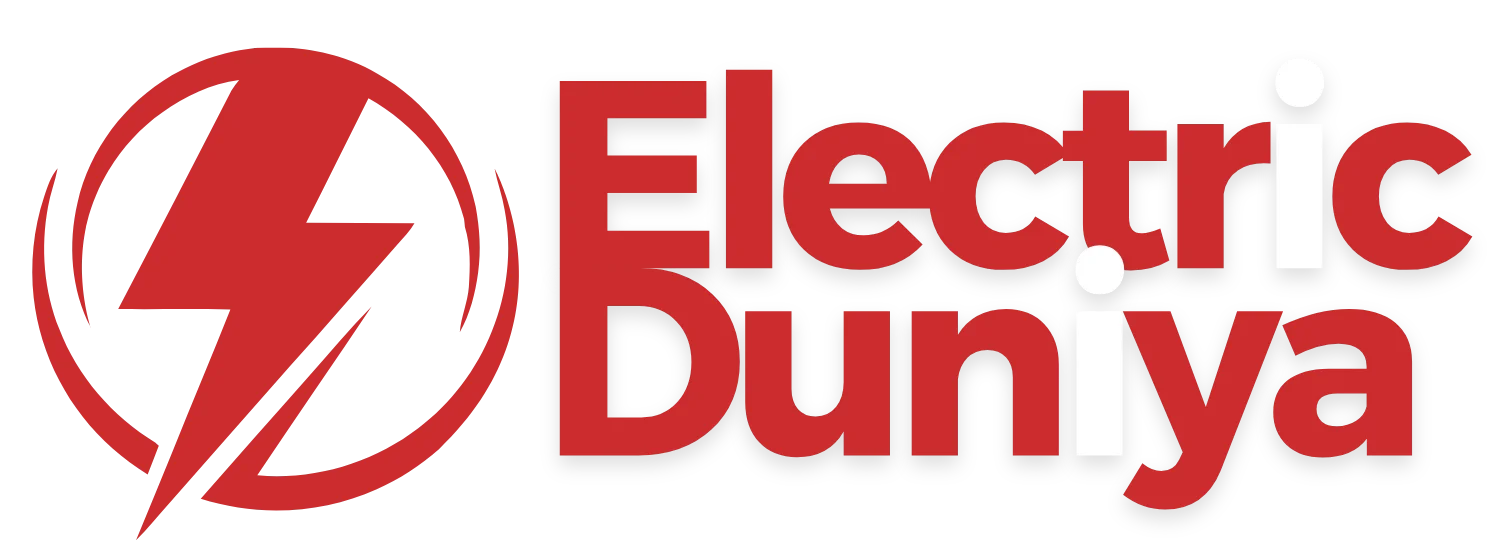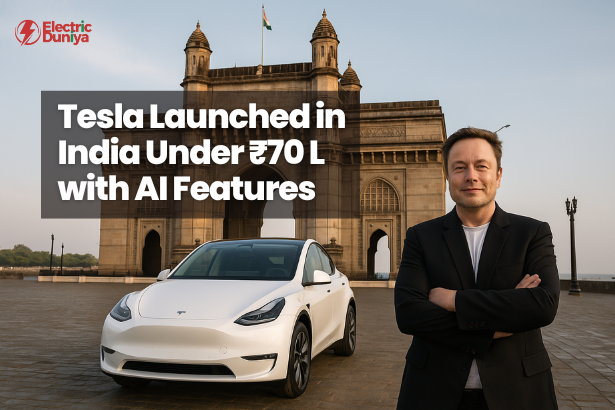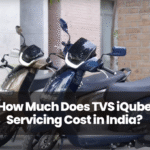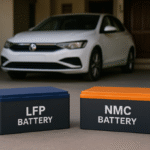Alright, let me level with you: as a longtime auto industry watcher, I’ve seen my fair share of car launches stir up excitement—but rarely anything like what happened in July 2025, when Tesla finally, actually (no false alarms this time!) entered India’s electric vehicle (EV) market.
The anticipation? It had been simmering for years—kind of like waiting for a blockbuster that kept getting delayed because the director wanted a perfect take.
But now that Elon’s finest are officially here, let’s talk real numbers: how deep will you have to dig into your wallet to bring home a Tesla in India?
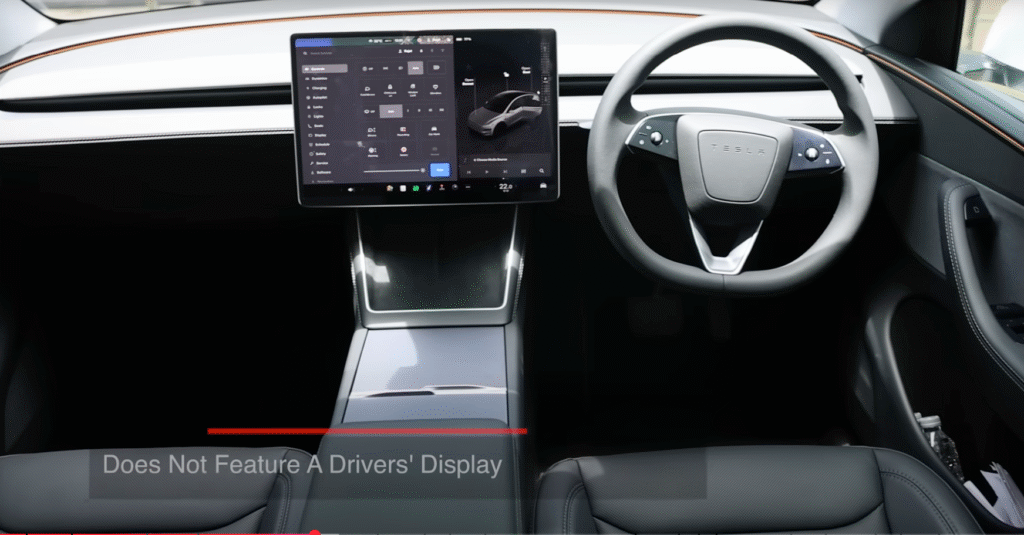
The Wallet-Hit: How Expensive Is a Tesla in India?
The blunt truth? It’s pricey—even for a premium EV.
As of July 2025, Tesla has launched with a single model offering—the Model Y, available in two variants:
- Model Y Rear-Wheel Drive (RWD): ₹59.89 lakh
- Model Y Long Range RWD: ₹67.89 lakh
And if you’re the kind who wants all the bells and whistles—Enhanced Autopilot, upgraded interiors, a higher-capacity battery—you’re looking at an all-in price nearing ₹73.89 lakh (exclusive of insurance, registration, and add-ons).
In real terms, that pushes Tesla deep into the luxury car segment, brushing shoulders with the likes of BMW X3, Audi Q5, and the Mercedes-Benz GLC.
Now here’s the kicker: this same Model Y retails at around $44,990 in the U.S., and even less in Europe or China. So why are Indian buyers paying nearly double? Let’s break that down.
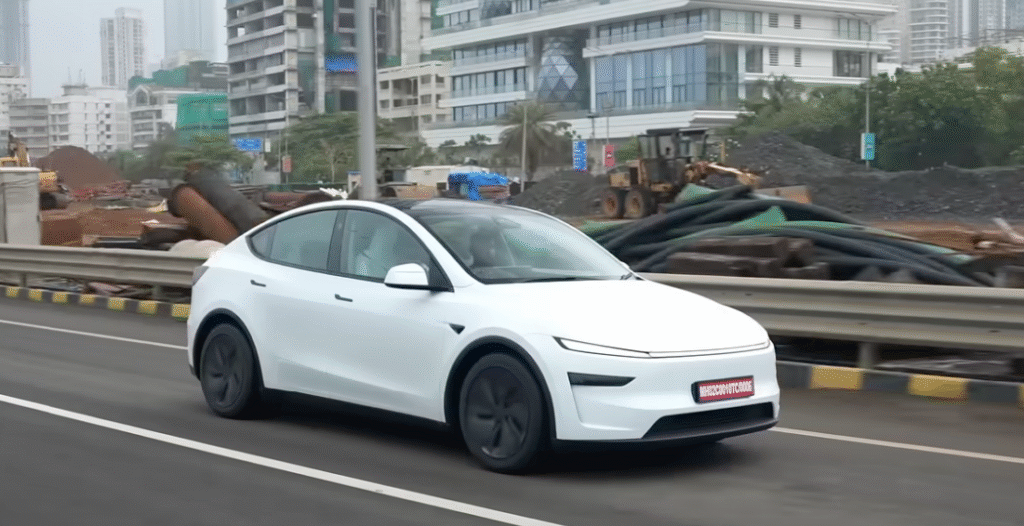
Import Duties: The Elephant in the (Show)Room
I once tried explaining India’s auto import duties to a colleague from California—she genuinely thought I was joking. But it’s no laughing matter: India levies a customs duty of up to 70% on completely built units (CBUs), especially electric cars, under its current import policy.
That means the shiny new Model Y rolling into Mumbai has already racked up more than ₹20 lakh in tariffs before it even hits the showroom floor. Add in dealer markups, inland logistics, state-level road taxes, and compliance-related costs—and you have a recipe for sticker shock.

Elon Musk has had a long, often tense negotiation dance with Indian officials, lobbying for a reduction in tariffs to make Tesla viable for a broader audience.
But so far, New Delhi remains firm: no local manufacturing, no tax breaks. And so, for now, India gets its Teslas shipped in from Giga Shanghai, under full import duty—making it more a collector’s item than a mass-market vehicle.
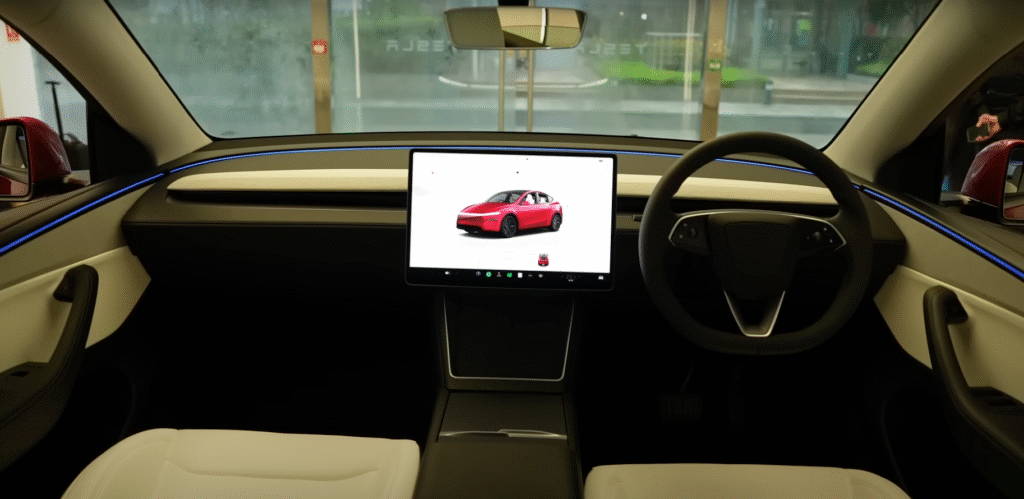
What About Other Tesla Models?
If you were holding out for the Model 3, Model S, Model X, or the head-turning Cybertruck, you’ll need to temper your expectations. While these models are part of Tesla’s eventual India roadmap, official timelines remain elusive.
Here’s what industry insiders are whispering:
- Model 3 could arrive by late 2026, with a price starting around ₹60 lakh.
- Model S and Model X? Expect elite pricing—above ₹1 crore—putting them squarely in ultra-luxury territory.
- Cybertruck? A wildcard. Not homologated for Indian roads yet, and with its unconventional size and design, it faces major regulatory hurdles before hitting our highways.
So for now, the dream of an “affordable Tesla” remains just that—a dream. Unless local assembly becomes a reality, most middle-class Indian families will find the price tag out of reach.
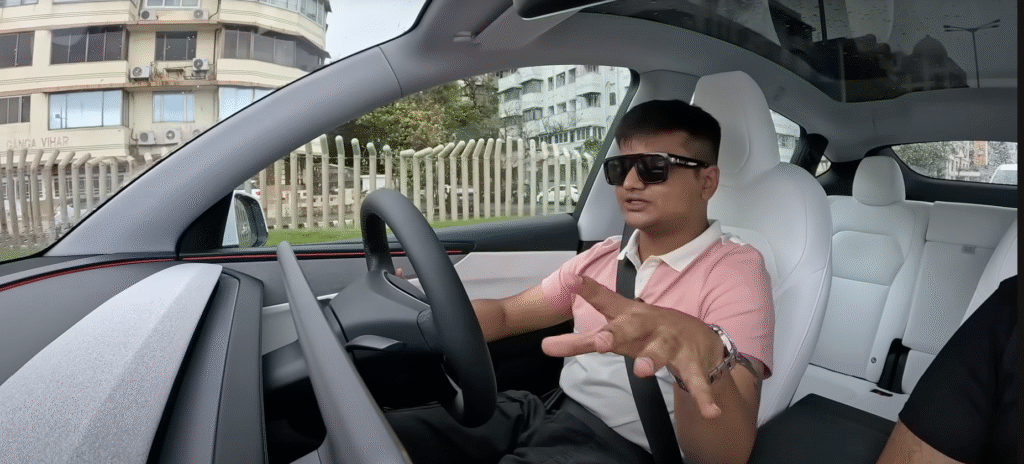
On the Ground: The Tesla Experience in India
Tesla’s first official India Experience Center opened at Mumbai’s Bandra Kurla Complex (BKC)—and yes, it’s just as futuristic and minimalistic as you’d expect. Think sleek displays, soft lighting, and a layout that feels more Silicon Valley than suburban car lot. It’s less dealership, more Apple Store for cars.
When I visited, the staff were well-trained—albeit slightly nervous, which is understandable given the pressure of launching such a high-profile brand in a complex new market. Tesla plans to expand its retail footprint to Delhi, Gurugram, and Pune over the next few months, with deliveries starting in phases.
As for the car itself, the Model Y delivers a distinctly Tesla experience: Autopilot capability (currently limited to Level 2 features in India), a minimalist all-screen interface, and software quirks like Tesla Toybox, Sentry Mode, and yes—even Netflix and YouTube integration while parked. Some call it gimmicky. I call it charmingly over-engineered.
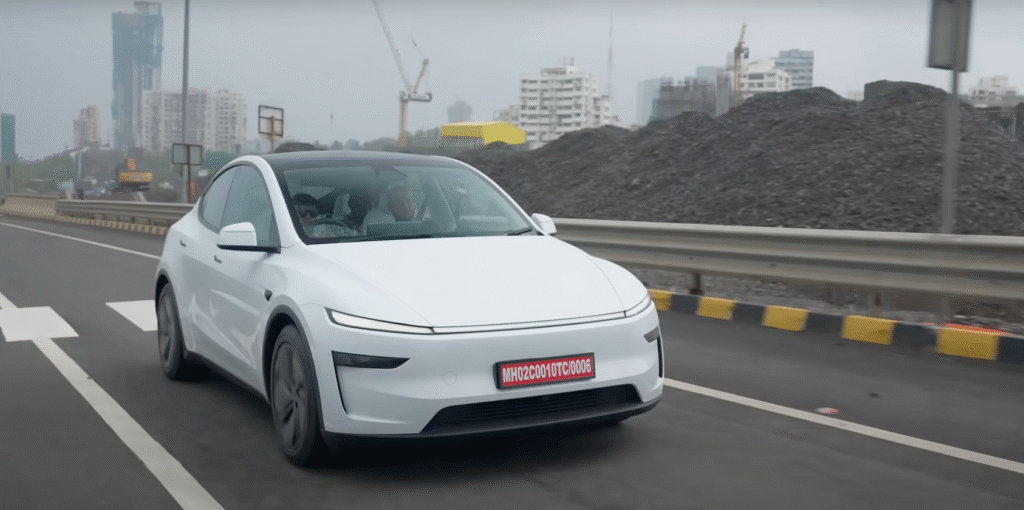
Is It Worth It for Indian Buyers?
That depends on what kind of EV buyer you are.
India’s EV infrastructure has made impressive strides in the last few years, especially in metro cities. Fast-charging stations, government incentives (in select states), and a rise in eco-conscious urban drivers have helped nudge things forward. But range anxiety, spotty rural coverage, and slow adoption outside tier-1 cities still loom large.
If your priority is affordability, practicality, or low maintenance, you’re better off looking at the Tata Nexon EV, the MG ZS EV, or even the Hyundai Kona Electric. These models offer solid performance, longer warranties, and a price tag closer to ₹15–30 lakh.
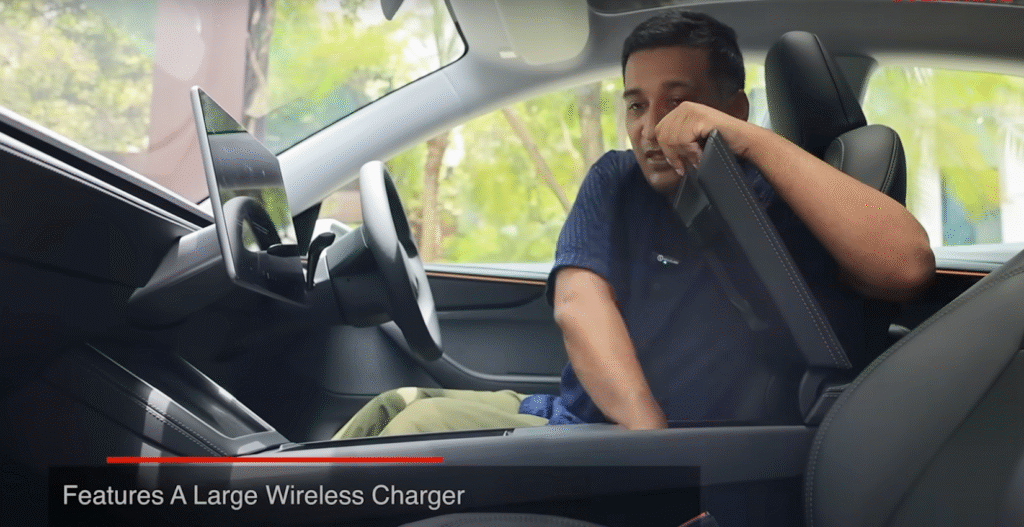
But if you’re an early adopter looking for cutting-edge tech, performance, and prestige, the Model Y offers:
- Over 600 km of claimed range (WLTP)
- 0–100 km/h in under 5 seconds
- Over-the-air updates that add new features over time
- That unmistakable Tesla badge and cachet
So is it “worth it”? If you’re buying with your head, probably not. If you’re buying with your heart, it might just be.
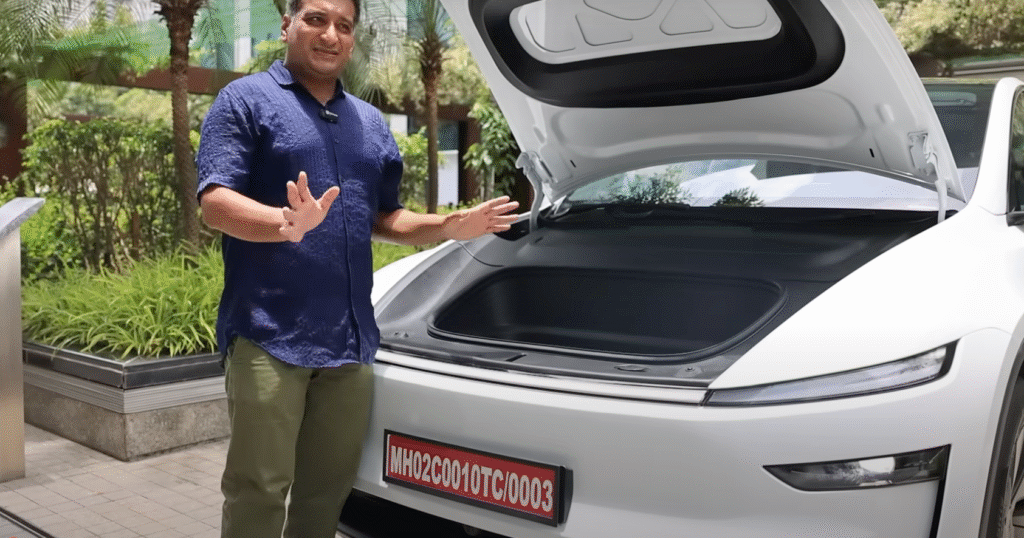
The Road Ahead: Will Prices Drop?
Yes—but only if the local assembly begins.
Tesla’s entry into India has reignited discussions about setting up a Gigafactory on Indian soil.
If realized, this could slash costs by avoiding those hefty import duties and possibly allow Tesla to tap into government subsidies tied to the FAME (Faster Adoption and Manufacturing of Hybrid and Electric Vehicles) scheme.
There’s also growing pressure on Indian policymakers to encourage EV adoption through tariff reforms and infrastructure grants. If Tesla sees enough demand, and if the policy stars align, we could be looking at sub-₹40 lakh Teslas by 2026.
But until then? Tesla will remain an aspirational, niche brand—a statement piece rather than a practical vehicle for the masses.
Final Thoughts: The Tesla Dream, Indian Edition
As an auto journalist—and lifelong car enthusiast—I’m genuinely excited to finally see Teslas gliding through Indian streets.
Yes, the pricing stings. Yes, infrastructure still needs a boost. But for those who’ve been dreaming of a clean, intelligent, next-gen vehicle that feels more like a smartphone on wheels than a car—Tesla’s here, and it’s real.
Will it reshape India’s auto landscape? Possibly. Will it be affordable for everyone? Not yet. But it’s a start—and sometimes, revolutions begin at the top.
Now if only someone at Tesla India is reading this and wants to drop off a Model S Plaid at my place for a long-term review… a journalist can dream, right?
